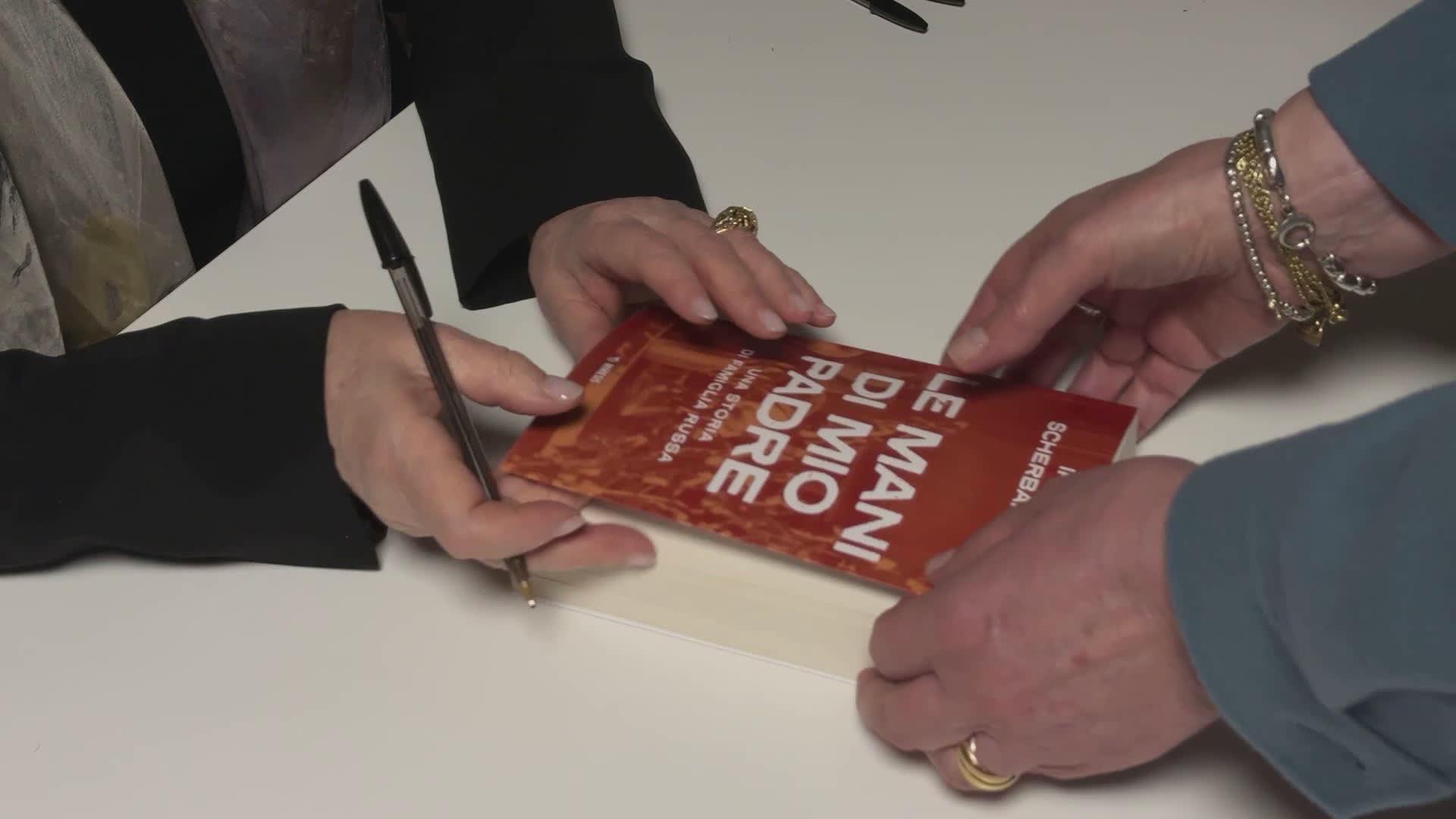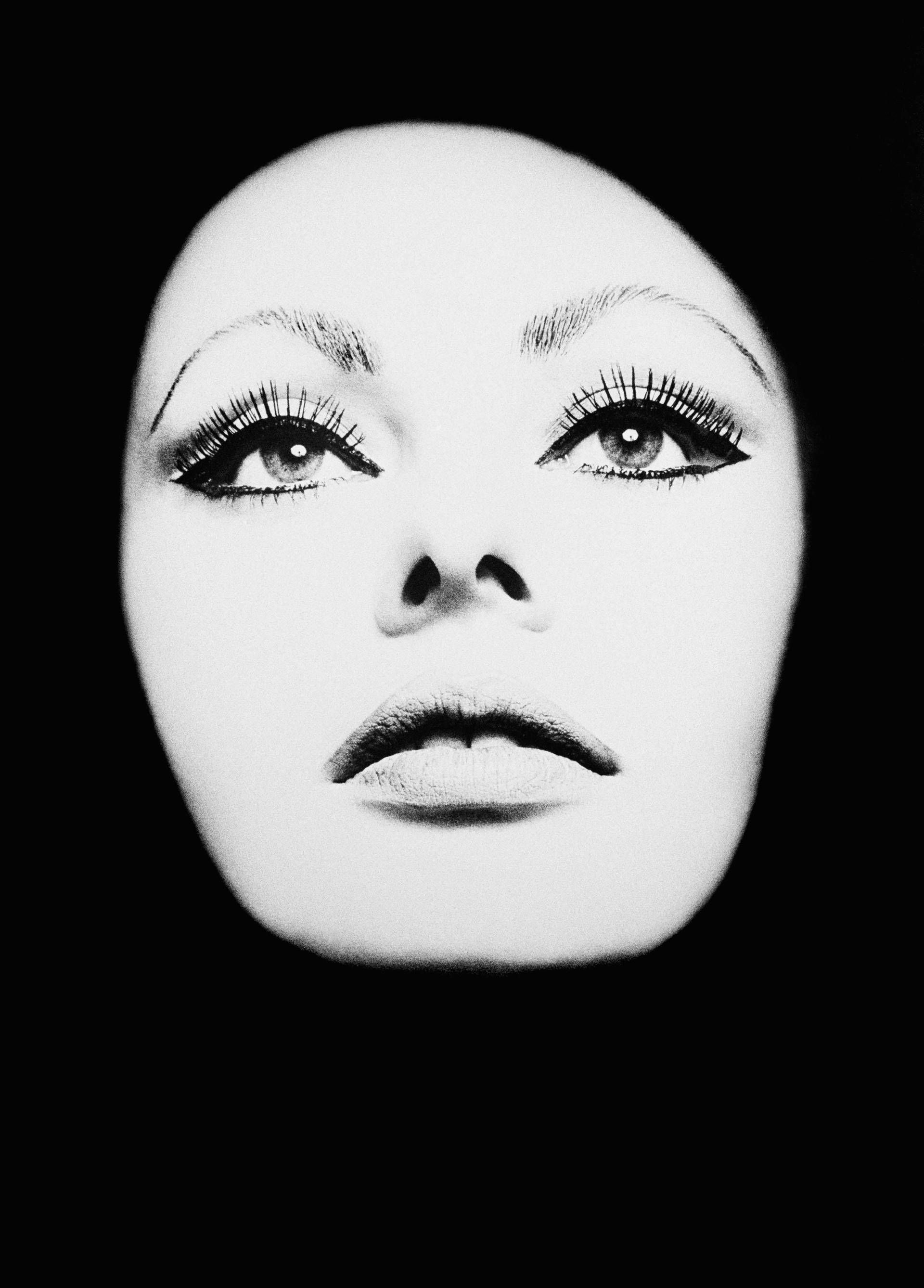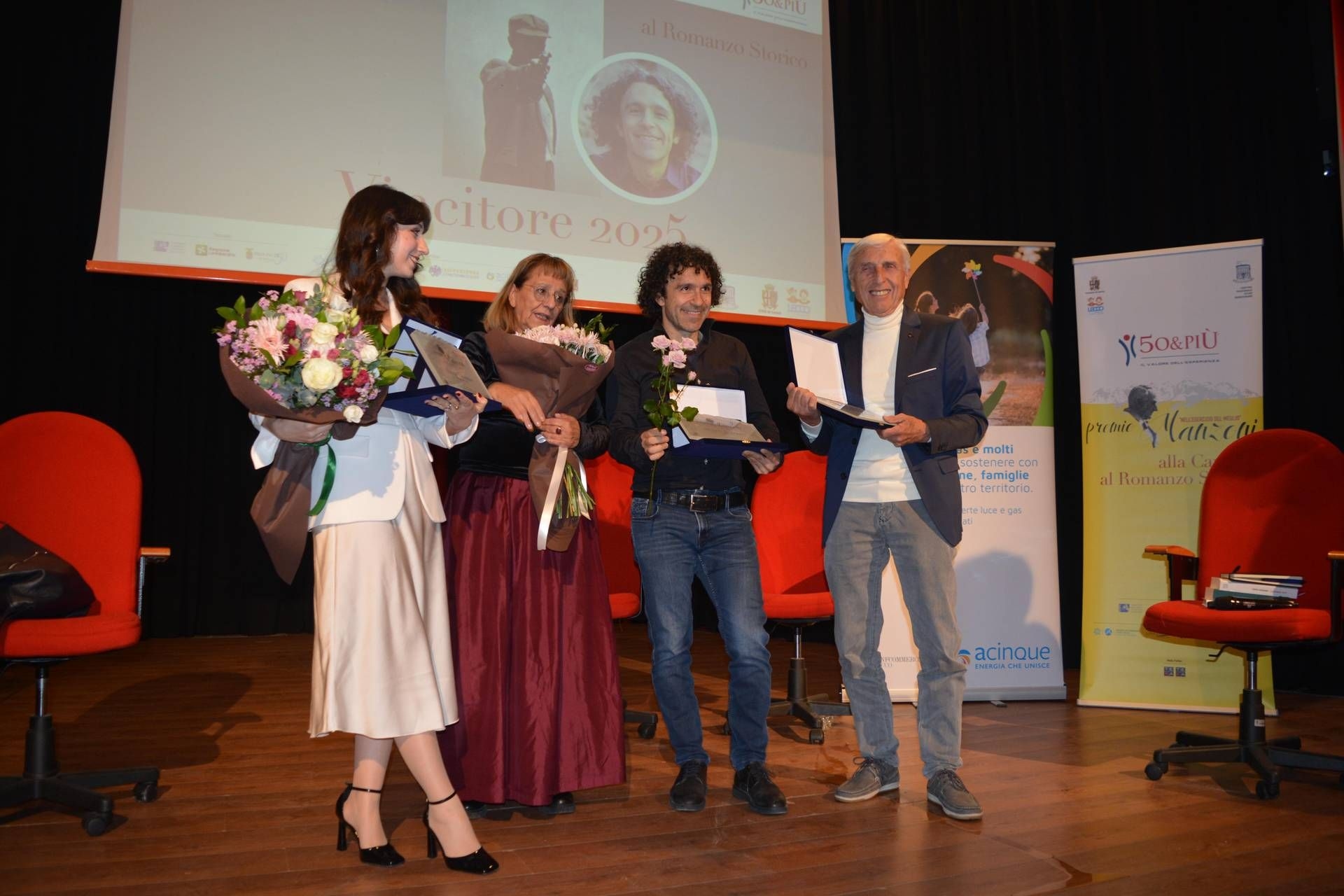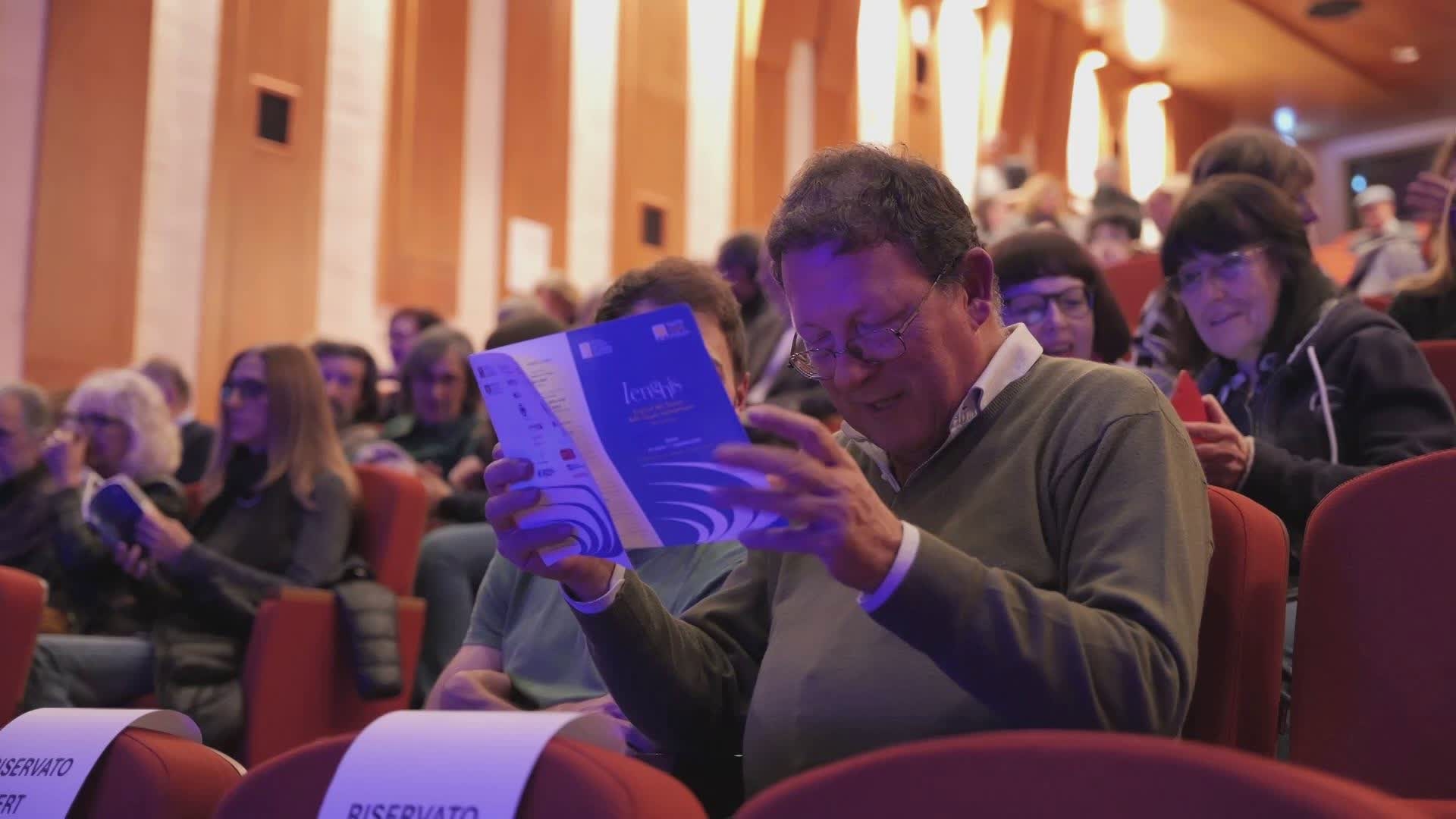Luciana Savignano: "A new debut with a daring spirit."

"An artist has no age. Dance has no age," smiles Luciana Savignano , a shining star in the firmament and history of dance. Prima ballerina and étoile at La Scala, muse to Maurice Béjart in his Ballet du XX Siècle, which paved the way for contemporary dance, she continues to offer us wonder and inspiration. It's been 150 years since the birth of Maurice Ravel, and the new show ' Boléro-Ravel ', conceived by Daniele Cipriani (the new artistic director of the Festival dei Due Mondi), is dedicated to him. The show will feature Luciana Savignano herself alongside Sergio Bernal, a star of flamenco and Spanish ballet.
It will debut on Wednesday, October 29th and Thursday, October 30th at 8:30 pm at the Comunale Nouveau in Bologna, which will conclude its dance season. Pianist Marcos Madrigal and Alessandro Stella will lively accompany the gala's performers (including Sofia Nappi's Komoco company), evoking the life and works of the great French composer, an extraordinary innovator of musical language and ballet.
Mrs. Savignano, you've had so many firsts in your career. How do you feel about a new debut?
"With a daring spirit. If I'm still on the scene, it's because I still enjoy taking on interesting proposals like this. They're like little challenges I set myself and enjoy seeing them through to the end."
What will this show be like?
"A dialogue between music, dance, and acting. I will dance the 'Pavane pour une infante defunte' with Simone Repele and Sasha Riva, who also created the choreography. I didn't know them, but it was wonderful to work with them: they are wonderful. Then, in the second part, I will play Ida Rubinstein, the great Russian dancer for whom Ravel wrote his 'Boléro.' I will recite her story of the genesis of the masterpiece and then, with a few dance steps, I will introduce the Boléro that Sergio Bernal will dance in the choreography by Rafael Aguilar."
She was an iconic interpreter of Béjart's 'Boléro,' which continues to be one of the most beloved choreographies. What's the secret?
"The sensuality of the steps conceived by Maurice, a sensuality always maintained at a level of enormous elegance and refinement. Consider that this choreography was created in 1961 and is still a highly sought-after show today."
What did meeting Béjart mean to you?
"Working with him, in his company, profoundly impacted my artistic journey and helped me grow. From Maurice, I learned that being on stage is important not only for dance, but also for the theatrical component. It was a fundamental experience for me."
What does dance represent for you?
"It's about connecting with freedom. Through dance, I've been able to realize what I felt deepest in my soul. An opportunity for expression and personal fulfillment." Do you think dance has changed today?
"Yes, I feel like it's becoming a bit depersonalized. Nowadays, people are always trying to amaze and create very modern, almost gymnastic choreography. In my opinion, the soul of dance can be suffocated. I believe dance should convey emotion because it comes from the soul. If the soul is missing, all of this risks being lost."
Your mother was from Ligonchio, in the Reggio Emilia Apennines. Do you feel you have any Emilian traits?
"I return to Ligonchio every year. Perhaps I feel I have the spontaneity of Emilia, the way I approach people."
And in your career, is there a choreography that you feel most connected to?
"Yes, it's 'La Luna,' the solo that Maurice Béjart created just for me. Maurice understood how I am: sometimes I hide, always with a veiled melancholy. Yes, like the Moon, which resembles me a bit."
İl Resto Del Carlino





